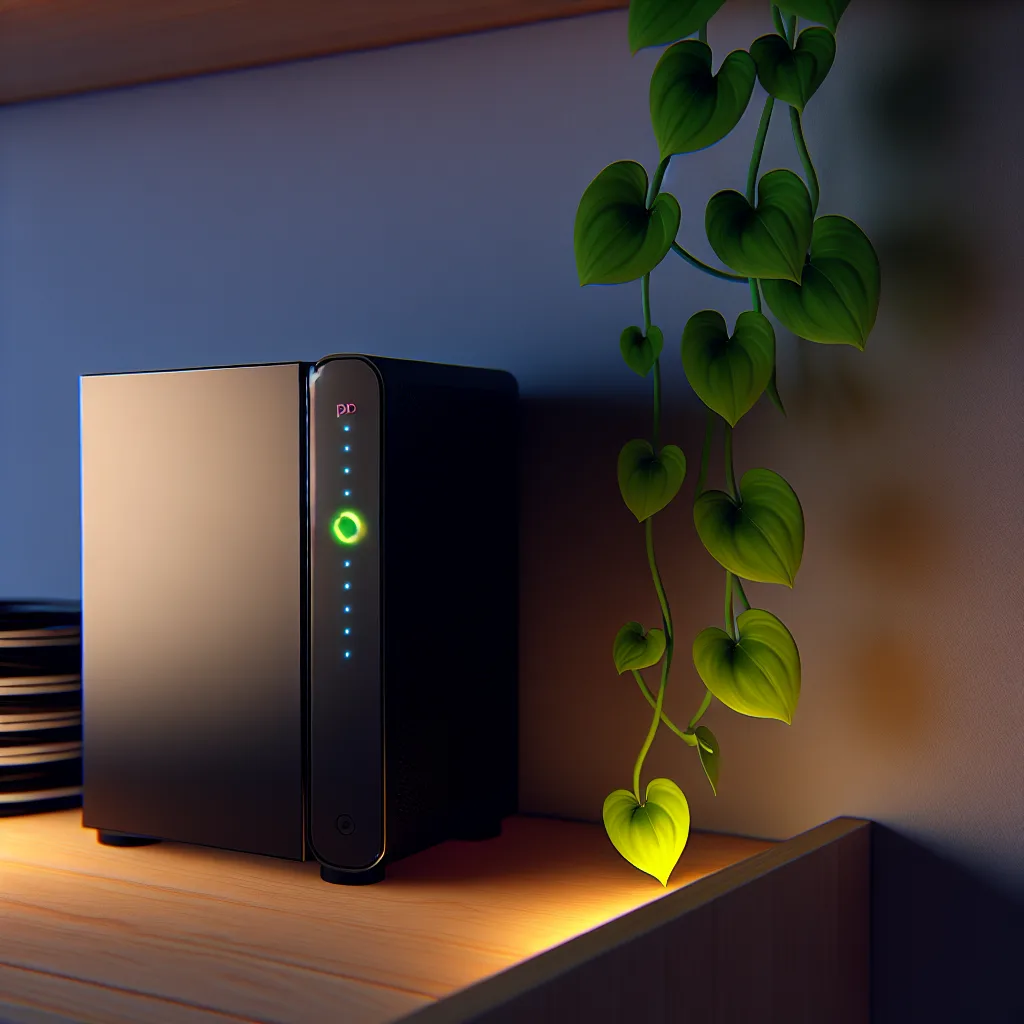It’s easier than you think to build a home for your data. Here’s a peek into my setup and why it’s one of the best projects I’ve ever done.
I have a confession to make. For years, my digital life was a mess. Photos were scattered across old laptops, important documents lived in a dozen different cloud services, and my media collection? Let’s just say it was “creatively organized.” I got tired of paying monthly fees for storage I didn’t control and wanted a central place for everything. That’s what led me down the rewarding rabbit hole of creating my own personal server setup. And honestly, it’s one of the best tech projects I’ve ever tackled.
It sounds intimidating, right? The word “server” brings up images of huge, noisy machines in a freezing-cold data center. But it doesn’t have to be that way. A home server is just a computer that’s always on, ready to serve you and your family’s data and applications. Think of it as your own private cloud.
What Can You Do With a Personal Server Setup?
So, what’s the point? Why have a computer running 24/7 in your house? For me, it boils down to a few amazing benefits:
- Your Own Media Hub: This is the big one for many. By installing software like Plex or Jellyfin, you can organize all your movies, TV shows, and music into a beautiful, Netflix-style library that you can stream to any device, anywhere. No more searching for that one movie on five different streaming services.
- Centralized File Storage & Backups: This is the “Network Attached Storage” or NAS part. All my important files now live in one safe place. My wife and I can access them from our laptops or phones, and I have it set up to automatically back up our computers every night. It’s peace of mind, self-hosted.
- A Playground for Learning: A home server is an incredible learning tool. You can host websites, run game servers for you and your friends, or experiment with virtual machines. It’s a sandbox where you can learn about networking, operating systems, and security without any real-world consequences.
My First Personal Server Setup: The Hardware
You don’t need to break the bank to get started. Many people begin by repurposing an old desktop computer or buying a used office PC. My goal was something small, quiet, and power-efficient.
I ended up building a small machine using a simple tower case that fits neatly on a shelf. Inside, I have a modern but low-power Intel Core i3 processor, 16GB of RAM (which is plenty to start), and a few large hard drives for storage. The most important thing wasn’t raw power, but reliability and low energy use. You don’t need a super-powered gaming CPU for most server tasks. The whole thing is quieter than my fridge.
Diving into the Software
Hardware is only half the story. The software is where the magic happens. Instead of installing Windows, I opted for a specialized server operating system called Proxmox. It’s a free, open-source platform that lets you run multiple “virtual machines” (VMs) and “containers” on a single physical computer.
This sounds complicated, but think of it like this: Proxmox is the foundation, and on top of it, I can easily install and manage different applications that are completely isolated from one another.
My setup includes:
* A TrueNAS VM: This handles all the file storage, making my hard drives available on the network like a professional NAS device.
* A Plex Container: This runs my media library. It’s lightweight and uses very few resources.
* A Home Assistant Container: This is for my smart home devices, allowing me to automate lights and routines without relying on Google or Amazon’s cloud.
It took a weekend of watching tutorials and reading guides, but the feeling of getting it all working was amazing. You slowly build up your digital kingdom, one service at a time. It’s incredibly empowering to know that you are in control of your own data. If you’re looking for inspiration on different builds, communities and tech sites are full of great examples for every budget.
So, if you’re feeling curious and want more control over your digital life, I can’t recommend a personal server setup enough. It’s a project that grows with you, teaching you valuable skills while decluttering your digital world for good.
